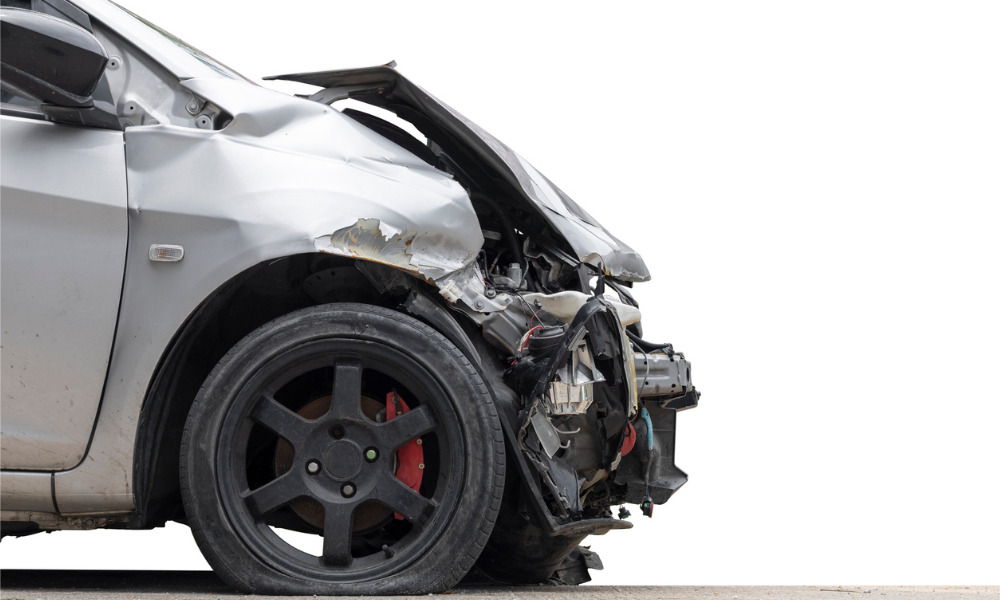Municipality not liable for negligent driver who caused life-altering injuries to passenger

A municipality was not negligent for failing to keep a road in a reasonable state of repair, considering that the site had no history of previous collisions attributable a dip in the road, the Ontario Court of Appeal has determined.
The case of Stamatopoulos v. Harris, 2022 ONCA 179, involved a motor vehicle accident in November 2004. The individual respondent lost control of the vehicle he was driving when he went over a depression or dip in the roadway. The appellant, who was the front-seat passenger, suffered life-altering injuries.
The appellant filed an action against the driver and against the Regional Municipality of Durham under s. 44 of Ontario’s Municipal Act, 2001. The appellant alleged that the dip in the road caused the collision and that the municipality was liable for negligence for failing to keep the roadway in a reasonable state of repair. The driver conceded that he was negligent and that his driving caused the collision, settling with the appellant in 2010.
The trial judge, who dismissed the appellant’s action, summarized the factors to determine whether the road was in a state of non-repair such that it was hazardous to an ordinary reasonable driver and analyzed all the factors except the manner of driving, concluding that the road was not in a state of non-repair.
The judge also found that the individual respondent was not an ordinary reasonable driver because he was driving 100 km/hour when he started to cross the dip and was distracted at that moment since he had just opened a bottle and had no hands on the steering wheel.
The Court of Appeal dismissed the appeal. First, the appellate court found ample evidence supporting the trial judge’s determination that the road was not in a state of non-repair, including:
- Qualitative evidence of witnesses who lived in the area and who knew the dip;
- The agreed fact that the site had no previous collisions attributable to the dip since 1993;
- Police evidence of “runs” conducted over the dip;
- Guidelines on road depressions; and
- Guidelines on road hazard signs.
Second, the trial judge did not conflate the driver’s negligence with her finding that the road was not in a state of non-repair, the appellate court held. The judge did not reason that the road was not in a state of non-repair because the individual respondent was not driving in the manner of an ordinary reasonable driver.
Third, the trial judge did not adopt a too-low standard for conduct by taking a driver beyond the scope of an ordinary reasonable driver, the appellate court said. The judge carefully reviewed the evidence to find that an ordinary reasonable driver would not go over the speed of 100 km/hour on that stretch of road.










